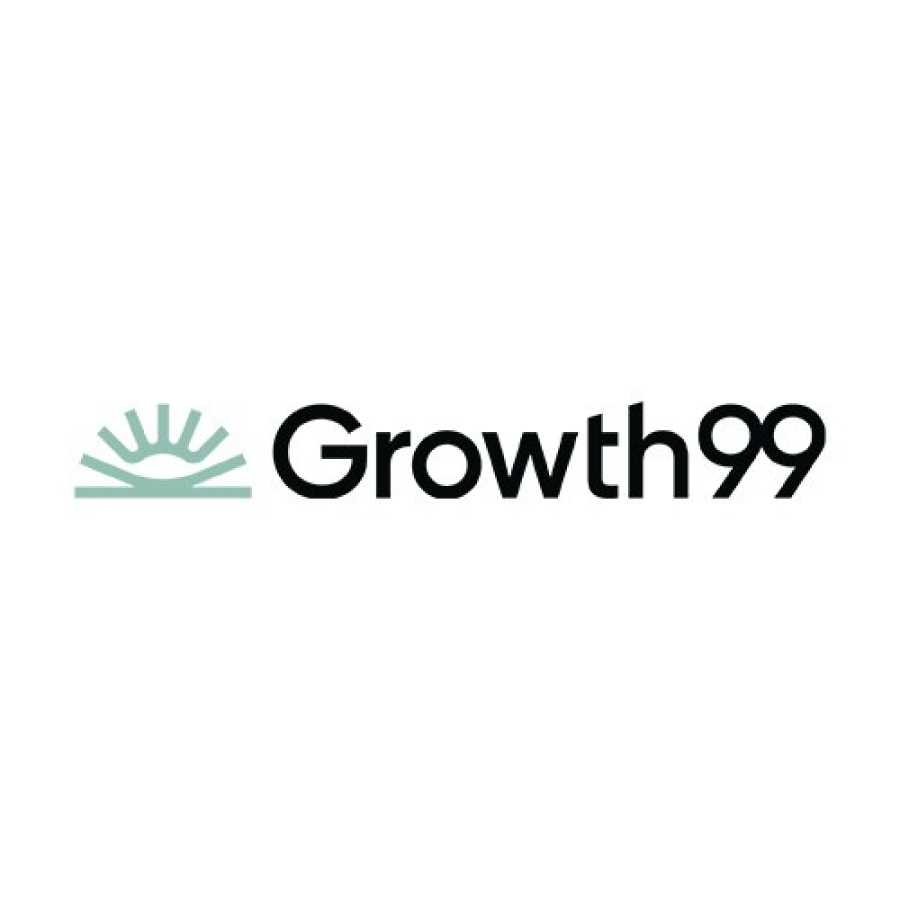
Marketing
Ready-to-Book Clients Are Searching: Be Their Top Result with Local SEO
Local SEO for Med Spas: How to Get Found (and Booked) by Clients in Your AreaBy Jennifer Orechwa, Salt MarketingEvery ...

Show your committment to patient safety, legal compliance and community over competition.
AmSpa members receive preferred pricing on all AmSpa live and virtual trainings.
Get the latest news and information about safe, legal practice in medical aesthetics directly in your inbox.
Get access to med spa laws, in-person and online training and more!
Posted By Mike Meyer, Wednesday, January 8, 2020

By Terri Ross, Terri Ross Consulting
I'd like you to think about a few important questions:
If you answered "I don't know" or "no" to any of these, don't worry—I'm here to help you create a game plan to more effectively convert your web leads into new business.
Did you know that the average aesthetics practice generates 52% of its leads from its website? That is larger than patient referrals, social media, other physicians, referral sites and traditional marketing combined. If you don't have a carefully thought-out plan, process and practice in place to track and convert these leads, you are leaving money on the table.
Website leads are generally "cold" leads, which means the prospect typically:
It is challenging to convert cold leads, as you must be able to quickly respond and clearly communicate your practice's unique value proposition (UVP).
Web leads are seven times more likely to convert to sales if you respond to them within an hour of contact. If they are looking at your practice online, no doubt they are contacting others as well.
If there is someone within your practice who is able to monitor web leads in real time when they come in (whether it is your front desk administrator, patient care coordinator or office manager), that is the optimal way to ensure you have high conversion rates.
All leads should be entered into your patient management software, and the prospect should be contacted within an hour via:
(Note: Do not leave a detailed message on an answering machine regarding what the prospect called about, as that can be sensitive information.)
If you are unable to reach the prospect, follow up again in 48 hours with a phone call, then an email and then a text. Finally, seven days later, make a final attempt to follow up with a call, then an email and then a text. After that point, you can simply keep their information for your mailing list for upcoming newsletters or promotions.
I cannot stress the importance of information gathering highly enough. Taking the time to input the following information into your software can be the difference between an average follow-up call and one that converts a lead into a paid consultation:
If it is not possible to have a designated staff member monitoring your incoming web inquiries in real time, someone on your staff should be checking on these leads several times a day.
It's very important to have an automated response email that generates when someone submits a web inquiry. This email should be both friendly and informative, welcoming them to your practice and assuring them that someone will follow up with them within 24 hours.
If a prospect is unable to be reached by phone, the next step is to send a personalized follow-up email. Here are my best practices for follow-up email etiquette:
Remember, I'm here to help you make your practice thrive. If you would like to schedule a call to see how I can train your team to generate more revenue for your practice, please click here.
Terri Ross brings more than 20 years of sales and management experience to the field, having worked with leading-edge medical device companies such as Zeltiq, Medicis, EMD Serono, Merck Schering Plough and Indigo Medical, a surgical division of Johnson.
Ross' vast knowledge and experience as a sales director managing upwards of $20M in revenue and successful teams has allowed her to become a renowned plastic surgery management consultant helping aesthetic practices thrive.
To optimize revenues and business performance, Ross' practice management consulting services help physicians evaluate practice processes including, but not limited to, overall-operating efficiencies, staff skill assessment, customer service and operating efficiency strategies. The goal is to develop a comprehensive plan of action to improve productivity, quality, efficiency and return on investment.

Related Tags
Medical spa news, blogs and updates sent directly to your inbox.

Marketing
Local SEO for Med Spas: How to Get Found (and Booked) by Clients in Your AreaBy Jennifer Orechwa, Salt MarketingEvery ...

Marketing
By DarwillMany med spas put a lot of effort into attracting new clients, but often lose them after just one ...

Business
By Medical Marketing WhizAs the year comes to a close, now is the perfect time to reflect on what’s working—and ...

Marketing
By Growth99The med spa industry is evolving rapidly, and with that evolution comes new challenges and opportunities in marketing. Growth9 ...